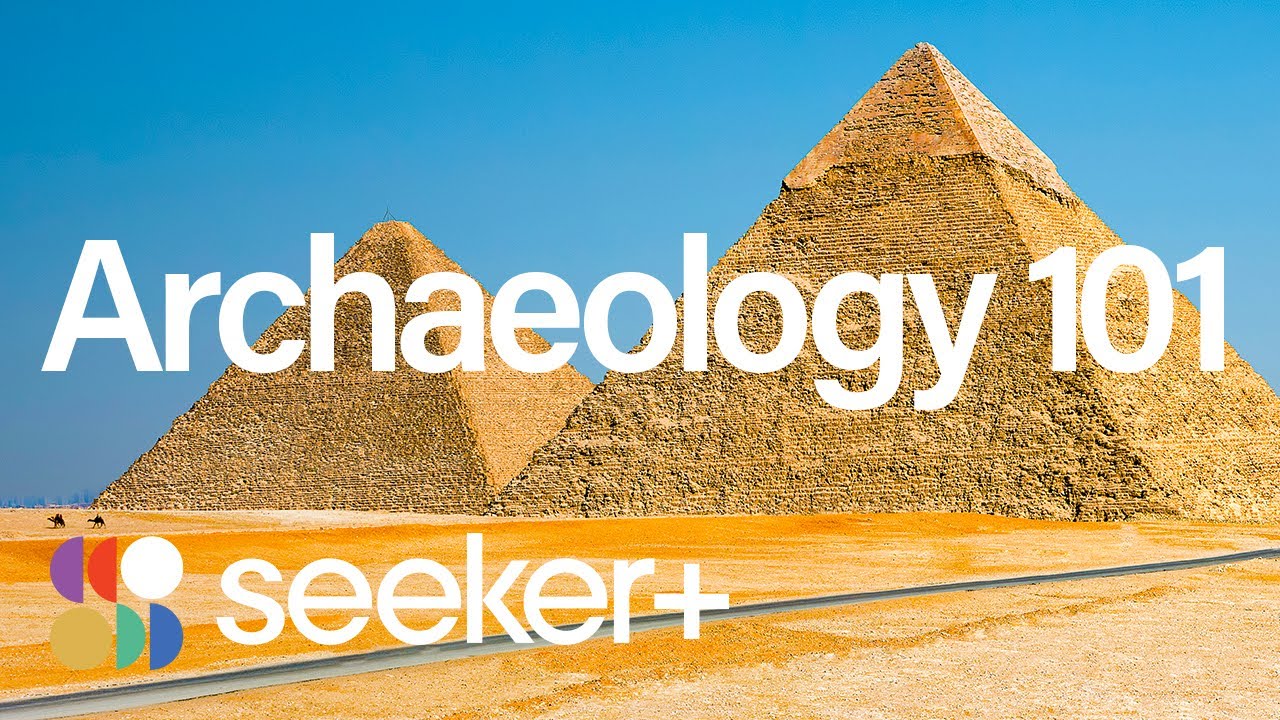How Do Archaeologists Know How Old Things Are?

# Diving into the World of Archaeology: Uncovering the Past with Futuristic Technology
## Introduction
Hello everyone and welcome back to Seeker+! I’m your host, Julian Huguet. As your host, it is my duty to dig into really cool topics and see what I can find for you. Today, we’re delving into the fascinating world of archaeology – exploring some of the most recent discoveries in the field and the incredible futuristic technology that is revolutionizing archaeological practices.
## Understanding Archaeology
Archaeology, often overshadowed by other scientific fields, plays a crucial role in unraveling the mysteries of our past. It involves meticulous investigation, insight, and creativity to interpret the remnants of ancient civilizations. Through archaeology, we gain insights into how our ancestors lived, what they ate, believed in, and communicated. Moreover, archaeologists aim to understand why some communities thrived while others declined.
## The Archaeological Process
The foundation of archaeology lies in the archaeological record, which consists of artifacts, ecofacts, features, and archaeological sites. Artifacts are objects modified by humans, such as arrowheads or dishes, while ecofacts are unmodified biological remains like animal bones or plant residues. Features encompass larger human-made structures like walls or fire pits, providing evidence of past human presence. Archaeological sites serve as the physical locations where these discoveries are made.
## Dating Methods in Archaeology
Determining the age of archaeological findings is crucial for understanding their historical context. Archaeologists utilize techniques like relative dating, which relies on the law of superposition to determine the relative age of artifacts based on their depth in sediment layers. Additionally, chronometric or absolute dating methods, such as radiocarbon dating, offer more precise age estimates through the measurement of radioactive isotopes like carbon-14.
## Unraveling the Mysteries with Radiocarbon Dating
Radiocarbon dating, a groundbreaking technique developed by chemistry professor Willard Libby, utilizes the decay of carbon-14 isotopes to determine the age of organic materials. Carbon-14 is produced in the atmosphere and absorbed by plants through photosynthesis. When the plant or organism dies, the carbon-14 begins to decay at a constant rate, allowing archaeologists to establish accurate timelines for archaeological artifacts and sites.
In conclusion, archaeology serves as a window into our past, shedding light on the lives and cultures of ancient civilizations. With the aid of advanced technologies like radiocarbon dating, archaeologists continue to uncover hidden treasures and piece together the puzzle of human history. As we delve deeper into the realms of archaeology, we gain a deeper appreciation for the complexities of our shared heritage.
source
